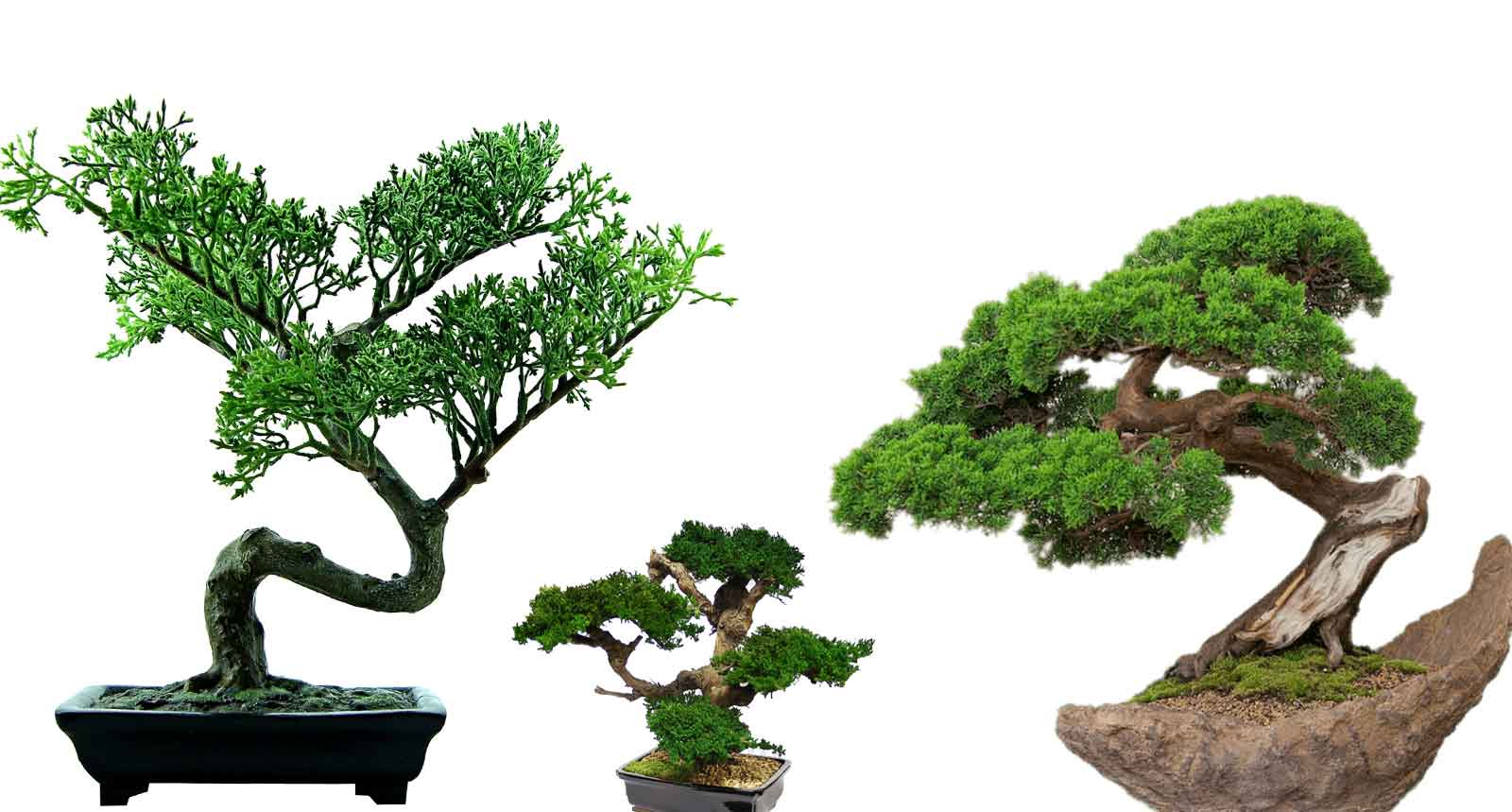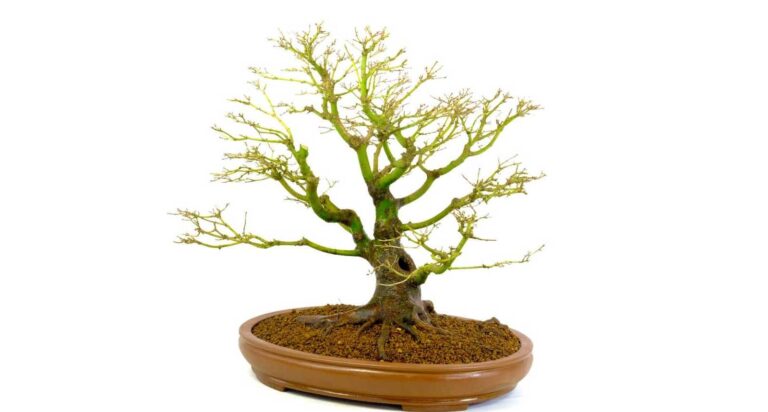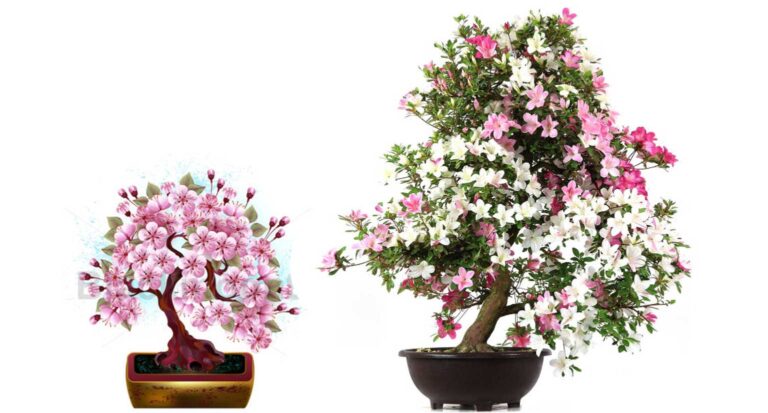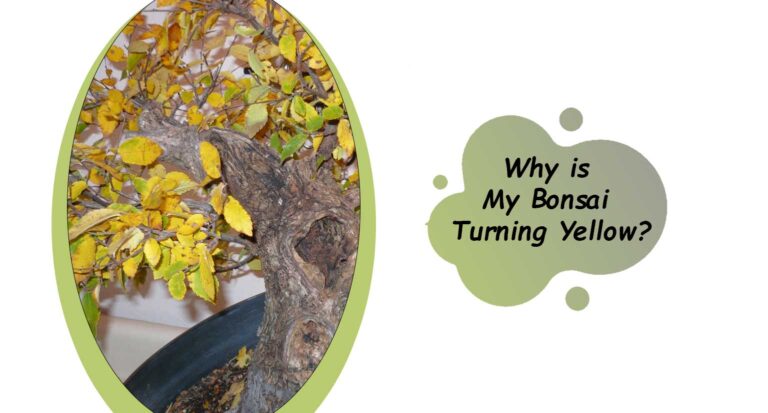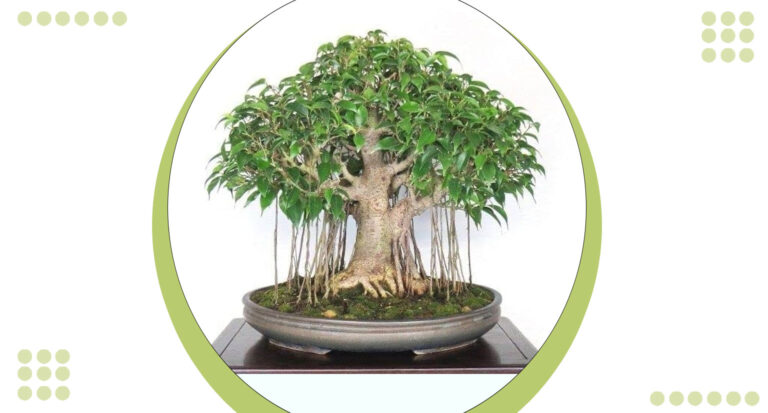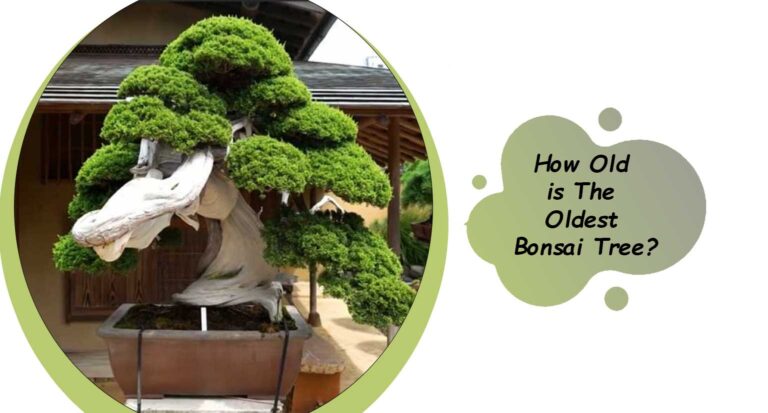What Type Of Bonsai Do I have?
Welcome to a journey of discovery and admiration for your cherished bonsai tree. If you’ve ever found yourself gazing at its intricate branches and delicate leaves, pondering the question, What type of bonsai do I have? – you’re in the right place.
In this insightful guide, we’ll unravel the mysteries of bonsai classification, empowering you to not only identify your bonsai but also nurture it with the care it deserves. Let’s delve into the captivating world of bonsai varieties and find out more about your green companion.
Bonsai Diversity
Bonsai trees, with their miniature stature and profound elegance, come in a remarkable array of species and varieties.
Each type boasts its unique characteristics, demanding specific care and attention. To unveil the identity of your bonsai, it’s crucial to understand the diversity that exists within the enchanting world of bonsai cultivation. Let’s explore the various categories and traits that define these captivating creations.
Key Characteristics to Identify Your Bonsai
To determine the type of bonsai gracing your living space, it’s essential to keenly observe its key characteristics.
Nature has bestowed each variety with distinct features, such as leaf shape, bark texture, and growth patterns. By paying close attention to these defining traits, you’ll be well on your way to solving the mystery of your bonsai’s identity. Let’s dive into the details that hold the answers you seek.
Decoding Leaf Arrangement and Shape
The leaves of a bonsai hold valuable clues to its classification. Take a closer look at the arrangement and shape of those tiny, vibrant leaves.
Are they simple or compound? Opposite or alternate? The leaf’s shape can be another indicator, whether it’s oval, needle-like, or lobed.
By examining these characteristics with a discerning eye, you’ll be one step closer to unveiling the mystery of your bonsai’s identity. Let’s explore how leaf features provide valuable insights into your tree’s classification.
Cracking the Bonsai Bark Code
The bark of your bonsai tree can reveal fascinating details about its lineage. Each species exhibits a distinct bark texture, color, and pattern.
Is it smooth, rough, or peeling? Does it have unique markings or features that set it apart? By closely inspecting the bark, you’ll gain valuable insights into the type of bonsai adorning your space. Let’s embark on a journey to decode the secrets hidden within the textured layers of your bonsai’s trunk.
Examining Growth Patterns and Size
The way your bonsai grows can be a strong indicator of its identity. Some bonsai varieties display a cascading, weeping growth pattern, while others maintain an upright, formal posture.
Additionally, the size of your bonsai, from miniature to medium to large, plays a vital role in classification. By observing these growth characteristics, you’ll gain valuable insights into the type of bonsai that graces your living space. Let’s delve into the fascinating world of bonsai growth habits and size variations.
Exploring Bonsai Flowering and Fruiting
The presence of flowers and fruits on your bonsai can be a delightful clue in your quest to identify its species. Bonsai trees from various lineages offer a diverse array of blooms and fruits, each with its unique colors, shapes, and fragrances.
Are your bonsai’s blossoms vibrant and eye-catching? Do they bear tiny, ornamental fruits? Let’s delve into the world of bonsai aesthetics as we examine the significance of flowering and fruiting in pinpointing your bonsai’s type.
Consulting Bonsai Expertise
When all else fails, seeking the guidance of a bonsai expert can be the key to unlocking the mystery of your cherished tree’s identity.
Bonsai enthusiasts and professionals possess a wealth of knowledge and experience, making them invaluable resources for discerning your bonsai’s type.
In this section, we’ll discuss how reaching out to experts can provide you with the clarity and assurance you need in identifying your bonsai. Let’s tap into the wealth of bonsai expertise available to enthusiasts like you.
Nurturing Your Unique Bonsai
Now that you’ve embarked on the journey of discovering your bonsai’s identity, it’s time to shift the focus to its care and cultivation.
Regardless of its species or variety, every bonsai deserves the best care possible. In this section, we’ll offer guidance on providing your bonsai with the optimal environment, watering routine, and pruning techniques to ensure it thrives and flourishes. Let’s explore how to nurture the unique beauty of your bonsai, no matter its type.
Can I bonsai a lemon tree?
Yes, you can bonsai a lemon tree. Bonsai is the art of cultivating miniature trees, and many types of trees, including lemon trees, can be trained and pruned to create beautiful bonsai specimens.
However, it’s important to note that growing a lemon tree as a bonsai can be a bit challenging, especially for beginners, as citrus trees like lemons have specific care requirements.
Here are some key considerations and steps to bonsai a lemon tree:
1. Selecting the Right Lemon Tree: Choose a healthy lemon tree sapling or cutting to start your bonsai project. Dwarf or miniature lemon tree varieties are often preferred for bonsai because they are more suitable for the small size of bonsai containers.
2. Choosing the Right Container: Select a suitable bonsai pot or container with good drainage. The size of the pot will depend on the desired size of your bonsai, but it should be shallow to restrict root growth.
3. Pruning and Shaping: Regularly prune and shape your lemon tree to maintain its miniature size and achieve the desired bonsai shape. This includes trimming branches, leaves, and roots.
4. Training the Branches: Use wiring techniques to guide the branches into the desired positions. Be gentle and careful not to damage the tree.
5. Soil and Fertilization: Use well-draining bonsai soil mix and fertilize your lemon tree bonsai regularly according to its specific needs. Citrus trees often require slightly acidic soil.
6. Watering: Lemon trees like consistent moisture, but they also need good drainage to prevent root rot. Water your bonsai when the top inch of soil feels dry, and be sure not to overwater.
7. Sunlight: Lemon trees require plenty of sunlight to thrive. Place your lemon tree bonsai in a location where it can receive at least 6-8 hours of direct sunlight each day.
8. Winter Care: Protect your lemon tree bonsai from freezing temperatures in the winter by bringing it indoors or providing suitable winter protection.
Remember that bonsai is an ongoing process that requires patience and care. Lemon tree bonsais can be a rewarding project, as they may eventually produce small fruit when properly cared for.
However, keep in mind that the fruit produced on bonsai trees will be small and may not be as prolific as full-sized lemon trees.
Conclusion: The Beauty in Diversity
In your quest to answer the intriguing question, “What type of bonsai do I have?” you’ve delved into the enchanting world of bonsai diversity.
From leaves and bark to growth patterns and blossoms, you’ve learned to decipher the intricate characteristics that define your bonsai’s identity.
Whether you’ve identified your bonsai or are still on the path to discovery, one thing remains clear: the world of bonsai is a testament to nature’s artistry and the joy it brings to our lives.
As you continue to nurture and care for your unique bonsai companion, remember that its beauty lies not only in its classification but also in the love and attention you bestow upon it.
The journey of bonsai appreciation is one of continuous learning and growth, much like the trees themselves.
We hope this guide has been a valuable resource in your bonsai journey, and we encourage you to explore, experiment, and cherish the remarkable diversity that bonsai cultivation offers.
Whether you’re a seasoned enthusiast or just beginning your bonsai adventure, your bonsai’s story is waiting to be written, and it’s a story worth telling.

